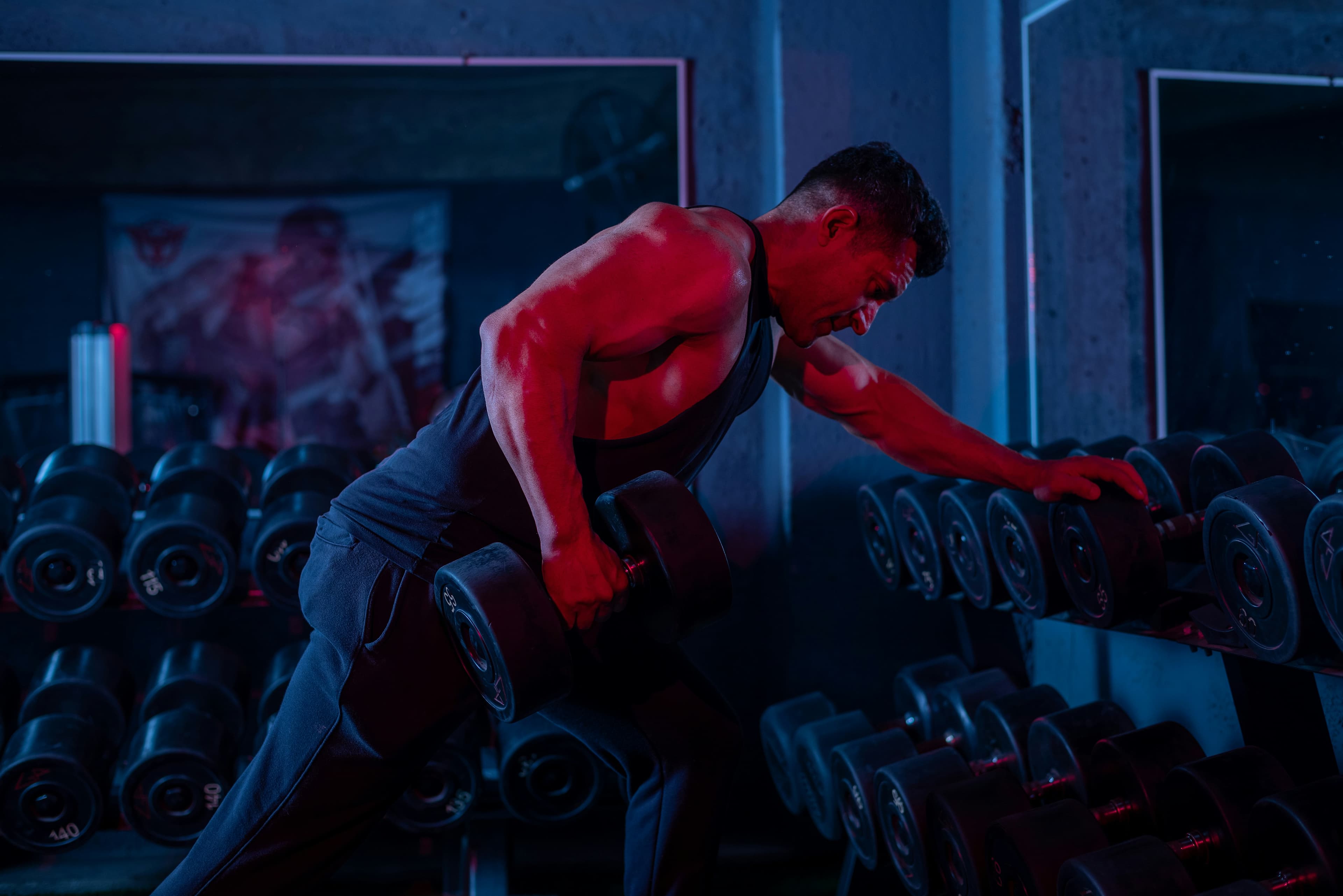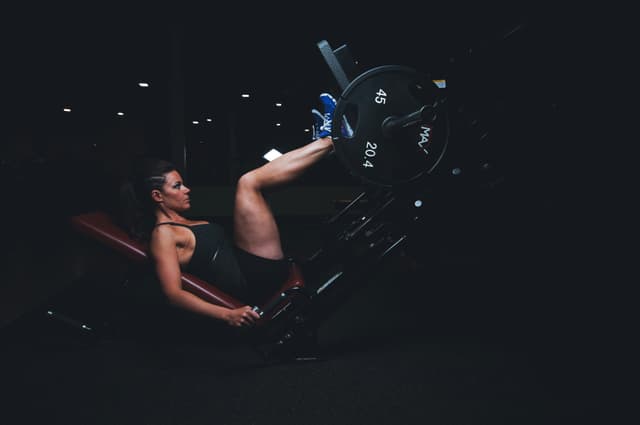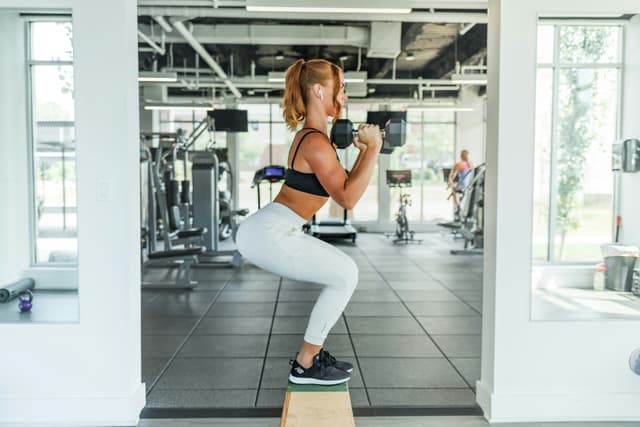Imagine stepping into a softly lit studio. There’s no equipment in sight—just ambient music, red-hued panels glowing on the walls, and a rising warmth that doesn’t come from traditional heaters. As you begin to move through squats, planks, or yoga flows, you’re not just working out—you’re being bathed in infrared light. It feels new. It feels high-tech. It feels… hot.
Welcome to the world of infrared workouts.
In recent years, boutique fitness studios have embraced infrared heat as the latest innovation in exercise enhancement. From yoga and pilates to strength circuits and even cycling, infrared is being marketed as the secret to more effective calorie burning, deeper detoxification, faster recovery, and better skin.
But is there real science behind this trend—or is it all just cleverly packaged wellness marketing?
Let’s explore the rise of infrared workouts, what makes them different, and whether they’re worth the heat.
What Exactly Are Infrared Workouts?
Infrared workouts take place in a heated studio, but unlike traditional hot yoga or saunas, the heat source is different. Instead of warming the air, infrared panels emit far-infrared light, which penetrates the skin and heats your body from the inside out.
This creates a “dry heat” environment with ambient temperatures typically ranging from 90°F to 130°F (32°C to 54°C), depending on the intensity of the workout. It’s designed to mimic some of the effects of sun exposure—without UV rays or risk of skin damage.
These studios often claim that infrared heat:
Increases calorie burn
Boosts circulation
Enhances detoxification
Promotes muscle recovery
Improves skin appearance
Strengthens the immune system
But how many of these benefits are proven?
The Science: What We Know and What We Don’t
● Calorie Burning and Weight Loss
Infrared heat may cause your body to work harder to regulate its temperature, leading to a slightly increased heart rate and perspiration. One study published in JAMA Internal Medicine on sauna use found a link between regular heat exposure and cardiovascular benefits, but not necessarily increased weight loss.
While sweating feels like fat-burning, it's mostly water loss. Any meaningful weight loss from infrared workouts comes from the workout itself—not the infrared heat.
● Detoxification
This is where things get murky. The body naturally detoxifies through the liver, kidneys, and lymphatic system. Sweating can eliminate trace toxins like heavy metals, but the idea that infrared heat leads to deep “cellular detox” is still unproven.
Still, many users report feeling “clean” and “light” post-session. This could be due to increased endorphins and circulation, not detoxification per se.
● Muscle Recovery and Pain Relief
Infrared therapy has been studied for its potential in reducing muscle soreness and improving circulation. Athletes sometimes use infrared sauna blankets or panels post-workout to aid recovery.
Studies like those in the Clinical Journal of Pain have shown promise for infrared light in managing conditions like arthritis and chronic fatigue. But more research is needed to confirm widespread fitness-related benefits.
● Skin and Anti-Aging
Because infrared light boosts circulation and stimulates collagen production, some dermatologists use it in anti-aging treatments. Regular exposure may improve skin texture and promote healing.
However, you won’t get the same results as a targeted infrared facial from a workout class. The effect is subtle at best.
Inside the Studio: What the Experience Feels Like
The infrared workout experience is as much about the vibe as the movement.
Studios often incorporate calming music, dim red lighting, and spa-like aesthetics. You’ll sweat more than in a typical gym session—but without the oppressive humidity of traditional hot yoga.
The heat is penetrating but manageable. Many users describe the sensation as “energizing instead of exhausting.” You leave drenched, glowing, and strangely relaxed.
It’s a multisensory experience—one that feels luxurious, immersive, and high-tech. And that’s no accident.
The Business of Heat: Wellness Meets Luxury Branding
Infrared workouts tap into the $5 trillion global wellness market, combining elements of self-care, recovery, biohacking, and boutique fitness into one sleek package.
Studios like HigherDOSE, [Sweat by Kayla], and [HeatRx] charge premium rates, often up to $40 per class. They market infrared as “the future of fitness” and align it with popular health trends: intermittent fasting, detox cleanses, collagen supplements, and minimalist luxury aesthetics.
This marketing works because it offers more than just fitness—it promises transformation. A better body, clearer skin, mental clarity, and detoxification… all in a 50-minute class.
The result? A growing subculture of infrared devotees who swear by the benefits and the burn.
Who Are These Workouts For?
Infrared training may appeal to:
Wellness enthusiasts looking for the latest holistic upgrade
People with joint pain who want low-impact heat-assisted movement
Urban professionals who want a luxury fitness experience
Fans of hot yoga seeking something with less humidity and more technology
However, they’re not for everyone. People with heat sensitivity, cardiovascular issues, or low blood pressure should consult a doctor before trying infrared workouts.
Pregnant women, in particular, are advised to avoid excessive heat due to risks of overheating.
How to Incorporate Infrared Into Your Routine
Curious to try it out? Here are a few ways to test the trend:
Book a Drop-In Class
Many cities now offer infrared fitness studios—try a single session before committing.
Start With Infrared Yoga or Stretching
These slower-paced classes let you adapt to the heat without overexertion.
Try Infrared Recovery Tools
If workouts feel too intense, consider an at-home infrared sauna blanket or panel for post-gym recovery.
Hydrate Like Crazy
Infrared heat causes heavy sweating—be sure to drink electrolytes before and after class.
The Verdict: Game-Changer or Gimmick?
The truth lies somewhere in the middle.
Infrared workouts are not magic. They won’t detox your body or torch fat without effort. But when paired with a solid training program, they offer an immersive, enjoyable, and slightly enhanced fitness experience.
If you’re motivated by mood, environment, and tech-savvy wellness, they might be worth every drop of sweat.
But if you’re looking for raw performance or hypertrophy gains, you might want to stick with barbells and progressive overload.
At the end of the day, fitness is personal—and infrared workouts, with their mix of heat and high-end vibes, are simply one more way to make movement feel good again.
Loading...



